“We are quite happy because finally we have a real CMS 😅”


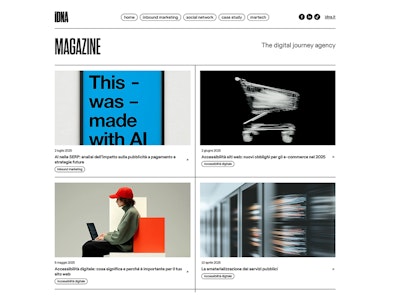
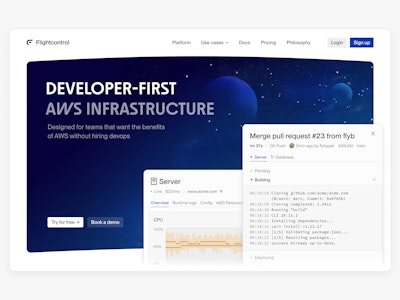
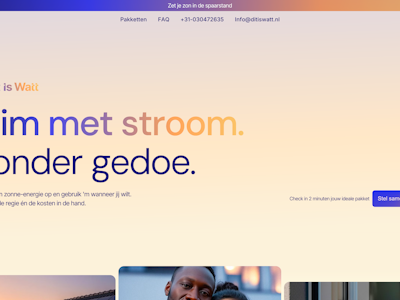

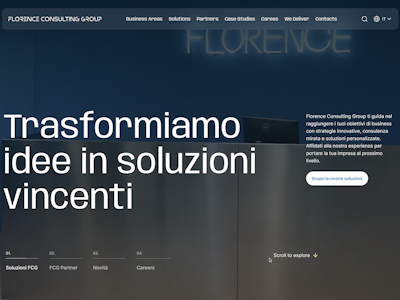
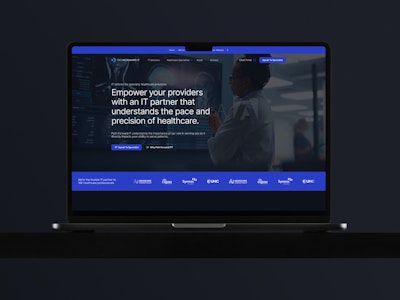
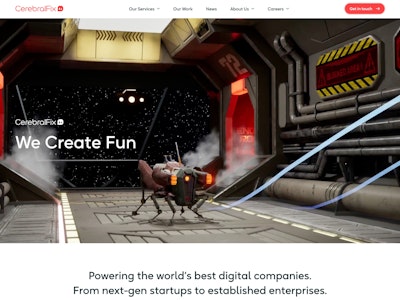
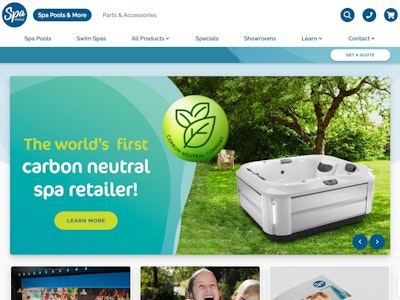



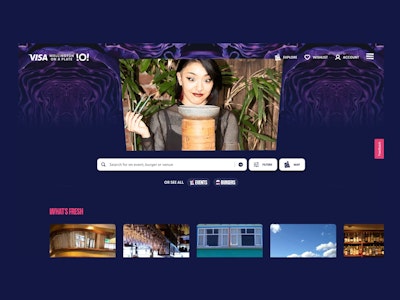

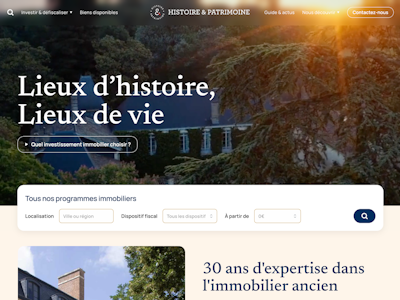



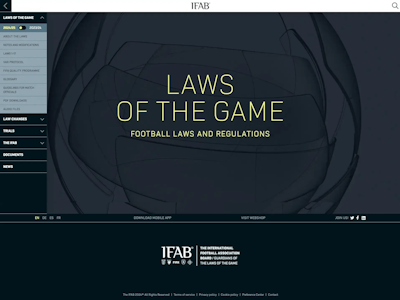
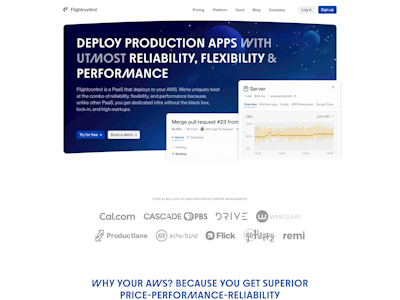
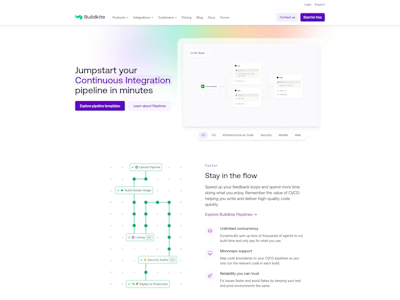
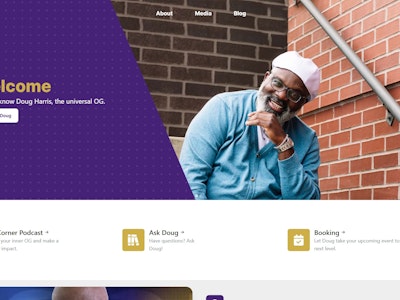
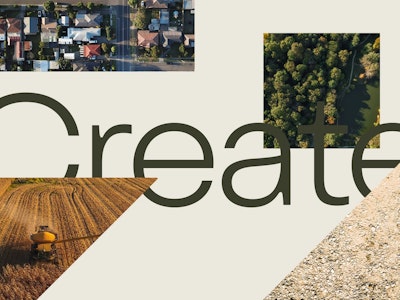
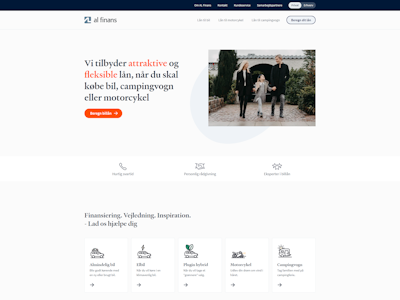
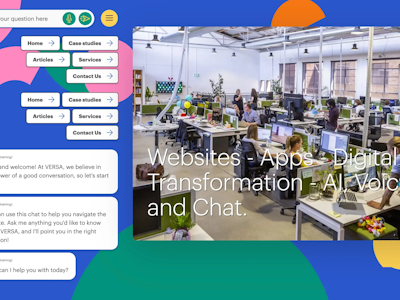


If your content is always fetched from a single geographical location, there’s no point in building a website with a serverless architecture. Dato CMS offers your content from a CDN with edges all around the globe, minimizing your React app latency.
Our Content Delivery API is built with GraphQL. That means powerful developer tools, multiple resources in a single request and complete control over the data your website downloads. The perfect solution for a React CMS.
Read more about our GraphQL API{}
“We are quite happy because finally we have a real CMS 😅”

Serving optimized images is incredibly hard, but our CMS is optimized for React. Using our GraphQL Content API and our React component, you can implement lazy loaded, responsive images in one line of code. Avoid any layout jumping, offer instant previews of images while they load. It’s like magic.




If you're using React as a single-page application (SPA), you can easily switch GraphQL endpoint to fetch real-time previews of the changes you make to any content stored in DatoCMS (text, images, videos). Give it a try, it's magic!
import { GraphQLClient, ClientContext } from 'graphql-hooks'
const endpoint = process.env.PREVIEW_MODE ? 'https://graphql.datocms.com/preview' : 'https://graphql.datocms.com/';
const client = new GraphQLClient({ url: endpoint });
function App() { return ( <ClientContext.Provider value={client}> <Movie /> </ClientContext.Provider> );}
// src/Movie.js
import React from "react";import { useQuery } from "graphql-hooks";
const Movie = () => { const { loading, error, data } = useQuery( query: `{ movie(filter: { title: { eq: "Inception" } }) { title releaseDate actors { name } } }` );
if (loading) return <div>Loading...</div>; if (error) return <div>Something bad happened</div>;
return ( <div> <h1>{data.movie.title}</h1> {/* ... */} </div> );};Reacts makes using components easy right from the get-go, and you should expect the same from your CMS. A component-based approach allows developers to clearly divide work amongst themselves and progress without having to rely on each other every step of the way.